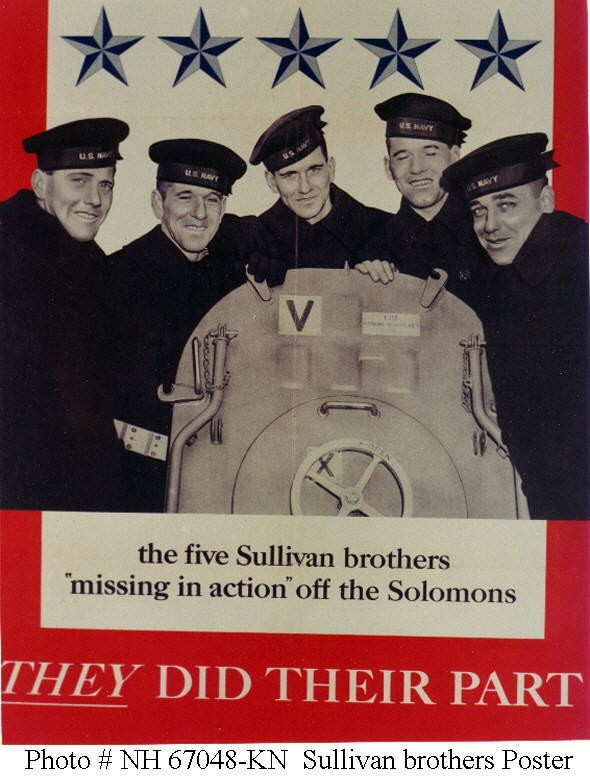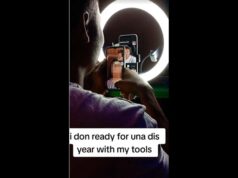
Underwater video taken of the shipwreck shows the hulking remains. Barnacles and other sea life has overgrown the metal. An autonomous underwater vehicle (AUV) used by the R/V Petrel first detected the Juneau on March 17. A remotely operated underwater vehicle (ROV) then verified the wreck had been found.
During the second World War, the Sullivan brothers were the faces of patriotic sacrifice in the U.S.
All five brothers—George, Frank, Joe, Matt, and Al—died aboard the U.S.S Juneau, after the ship was struck by a Japanese torpedo on November 13, 1942.
Their story, as told on the Navy’s historical website, claims they were spurred to action after the attack on Pearl Harbor and would only serve if they could sail together. The brothers were serving on the USS Juneau during the Battle of Guadalcanal, a major Allied strike against Japanese positions in the Solomon Islands.
When the ship sank, 687 people—the brothers included—died with it. Only 10 were rescued in the days following the ship’s destruction.
American war posters bearing the image of the Sullivan brothers said the Iowa-born men were “missing in action.” The posters added: “they did their part.” Two years after their deaths, a movie called The Sullivan’s was made about their story.
Now, the remains of the ship on which they perished have been found.












